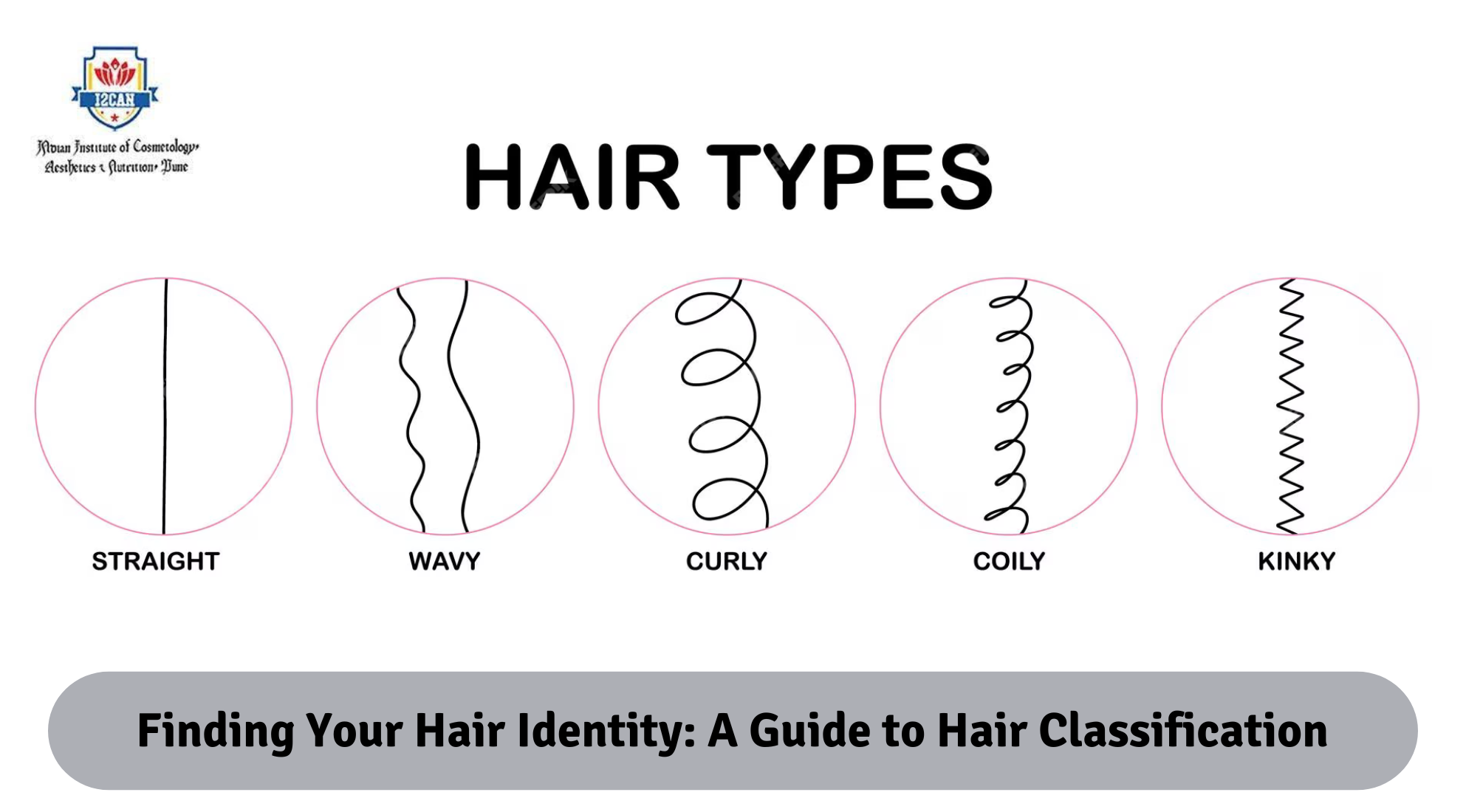Introduction: Hair is not just a part of our appearance; it’s a reflection of our identity, culture, and personality. Understanding the unique characteristics of our hair type is essential for proper care and maintenance. In this comprehensive guide, we’ll delve into the intricacies of hair classification, exploring the diverse range of hair types and offering insights into how to identify and care for each one.
Understanding Hair Structure:
Before we dive into hair classification, let’s first understand the basic structure of hair. Each hair strand consists of three main layers: the medulla, cortex, and cuticle. The medulla is the innermost layer, followed by the cortex, which contains melanin pigment and determines hair color and strength. Finally, the cuticle is the outermost layer, consisting of overlapping scales that protect the inner layers of the hair shaft.
Hair Classification Systems:
Hair classification systems vary widely, with different methods used to categorize hair types based on various characteristics such as texture, curl pattern, diameter, and density. One of the most widely recognized classification systems is the Andre Walker Hair Typing System, which categorizes hair into four main types (straight, wavy, curly, and kinky) and further divides them into subcategories (1A, 1B, 2A, 2B, etc.).
Identifying Your Hair Type:
To determine your hair type, it’s essential to consider factors such as texture, curl pattern, thickness, and porosity. Texture refers to the diameter of individual hair strands, which can range from fine to coarse. Curl pattern refers to the natural shape or pattern of your hair, ranging from straight to tightly coiled. Thickness relates to the density of hair strands on your scalp, while porosity refers to your hair’s ability to absorb and retain moisture.
Straight Hair (Type 1): Straight hair is characterized by its sleek and smooth appearance, with hair strands lying flat against the scalp. It tends to be shiny and reflects light easily. Straight hair is further categorized into three subtypes: 1A (fine and thin), 1B (medium-textured), and 1C (coarse and thick).
Wavy Hair (Type 2): Wavy hair falls somewhere between straight and curly, with hair strands forming gentle S-shaped waves. It has more volume and texture than straight hair and tends to hold styles well. Wavy hair is divided into three subcategories: 2A (fine and loose waves), 2B (medium-textured with defined waves), and 2C (thick and coarse waves).
Curly Hair (Type 3): Curly hair is characterized by its spiral or ringlet-shaped curls, ranging from loose to tight. It tends to be more prone to frizz and requires extra moisture to maintain its shape and definition. Curly hair is further classified into three subtypes: 3A (loose curls), 3B (medium curls), and 3C (tight curls).
Kinky Hair (Type 4): Kinky hair, also known as coily or afro-textured hair, has tight, densely packed curls or coils that form intricate patterns. It tends to be fragile and requires gentle handling and extra moisture to prevent breakage and maintain elasticity. Kinky hair is divided into three subcategories: 4A (tight coils), 4B (zig-zag coils), and 4C (dense and tightly coiled).
Caring for Your Hair Type: Once you’ve identified your hair type, it’s essential to tailor your hair care routine accordingly.
Here are some tips for caring for each hair type:
Straight Hair: Use lightweight, volumizing products to add body and texture. Avoid heavy oils and creams that can weigh hair down.
Wavy Hair: Embrace your natural texture by using curl-enhancing products and diffusing hair to enhance waves. Moisturize regularly to combat frizz and maintain definition.
Curly Hair: Hydration is key for curly hair, so use moisturizing shampoos and conditioners and deep condition regularly. Avoid heat styling and harsh chemicals that can damage curls.
Kinky Hair: Keep kinky hair moisturized with leave-in conditioners and natural oils. Detangle gently using a wide-tooth comb or your fingers and protect hair at night with a satin or silk scarf or bonnet.
Understanding your hair type is the first step towards achieving healthy, beautiful hair. By identifying your unique characteristics and needs, you can tailor your hair care routine to ensure optimal results. Whether you have straight, wavy, curly, or kinky hair, embracing your natural texture and providing the right care and maintenance will help you achieve your hair goals and enhance your overall confidence and self-expression.

